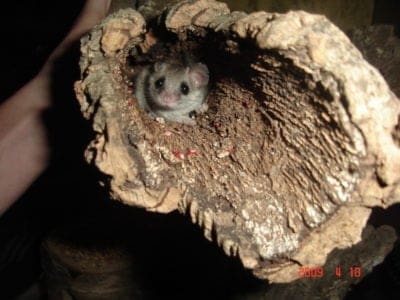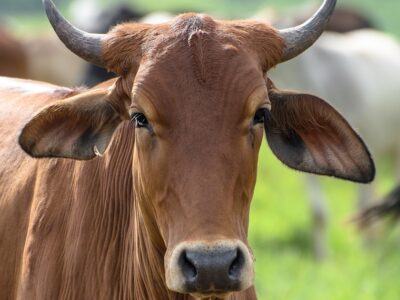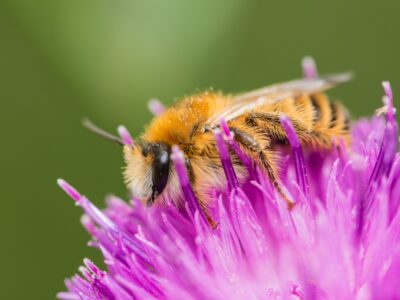Below you can find a complete list of Israeli, and Israelite animals. We currently track 235 animals in Israel and are adding more every day!
Israel is a very diverse country. There are three significant climates and four main ecosystems packed into this country, covering approximately 8,550 square miles. You can find over 115 species of native animals, 511 species of native birds, 97 species of reptiles, and seven types of amphibians. You will not find any lions or bears, and very few leopards as you travel across the country.
The Official National Animal of Israel

The national animal of Israel is the endangered Israeli gazelle.
©yosefus/Shutterstock.com
The Israeli gazelle, sometimes known as the mountainous gazelle, is the national animal of Israel. This slender antelope has long and delicate legs, with its back legs being longer than its front ones.
Unfortunately, this species of gazelle is endangered due to environmental destruction in the Middle East caused by human activities such as overgrazing and development projects. The population numbers have declined drastically since the 1950s – from an estimated 100 000 individuals to only a few thousand today. Conservation efforts are underway in order to protect these animals and their habitat so that they can thrive once again in Israel’s wild areas.
Where To Find The Top Wildlife in Israel

Ostriches are just one of many animals to see at nature parks in Israel.
©Sergei25/Shutterstock.com
Israel is home to a wide range of wildlife. From the majestic Persian fallow deer in the Carmel Mountain National Park to the colorful birds of Hula Lake and Kineret, there are plenty of opportunities for animal lovers to view some amazing creatures.
If you’re looking for more exotic species, then head over to Eilat. Here, you can find many species, such as flamingos and pelicans, that are not found elsewhere in Israel. Of course, one cannot forget about the impressive mammals living in Israel, from wild boars and jackals to foxes and ibexes. All these animals can be seen throughout different parks around Israel or even on hikes!
Start your exploration of the top wild animals at the nature reserves, like Yotvata Hai-Bar Nature Reserve, where you can see the endangered Arabian oryx, and visit Gamla, where you will want to hike the vulture trail. You may also want to visit national parks, like Ein Gedi, where you can see rock hyraxes, Nubian ibexes, and other mammals.
The Most Dangerous Animals In Israel Today
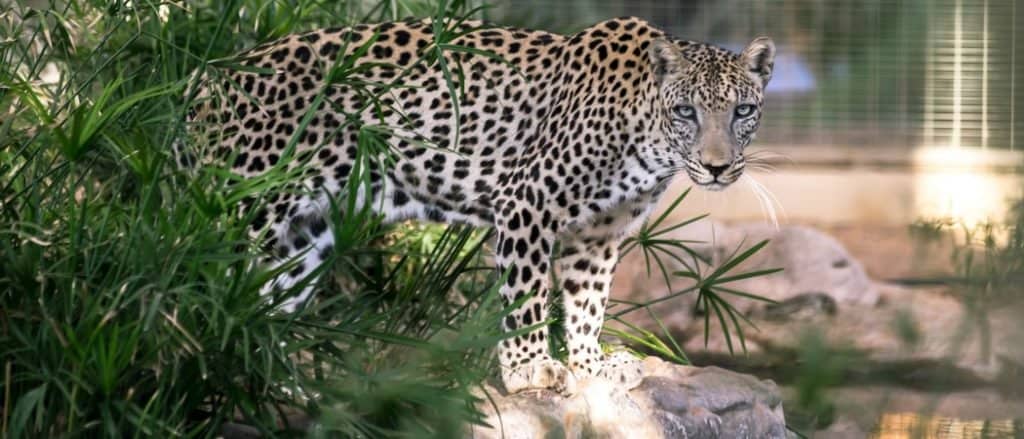
The Arabian leopard is one of the more dangerous animals to encounter in Israel.
©Yosyhiro/Shutterstock.com
Some dangerous animals inhabit the land of Israel. These range from large predators such as leopards to venomous snakes and scorpions. The most dangerous animal in Israel is probably the Arabian Red Fox, which can be found all over the country and is known for its aggressive behavior toward humans. They have sharp teeth and claws that can cause serious injury if provoked or threatened.
As far as their habitats go, these animals are mostly found in open areas such as grasslands, deserts, forests, and mountainous regions. Leopards tend to live in more remote locations like valleys or plains, while foxes prefer living closer to human settlements, where they can find food scraps or access water sources easier than in other areas. Snakes usually hide out among rocks or crevasses during the day before coming out at night to hunt small mammals or reptiles. Scorpions, on the other hand, often make their homes inside logs or underground burrows near bodies of water so they don’t dry out too quickly during hot days.
Some mammals, like cheetahs, have become extinct in Israel. Other animals are the most dangerous animals in Israel. Watch for these dangerous animals in Israel. These wild animals in this country, including mammals, snakes, and spiders, can kill you quickly. Consider these:
- Deathstalker – Commonly known as the yellow scorpion, the deathstalker can kill young people and the elderly with a single bite.
- Vipera palaestinae – This snake often lives near humans because its diet consists mainly of rats and mice.
- Daboia palaestinae – The national snake of Israel, it is often called the Palestine viper. It accounts for more deadly snakebites in Israel than any other species.
- Arabian leopards – There are still a handful of Arabian leopards left, and they can be extremely dangerous animals in Israel.
Rarest Animals of Israel
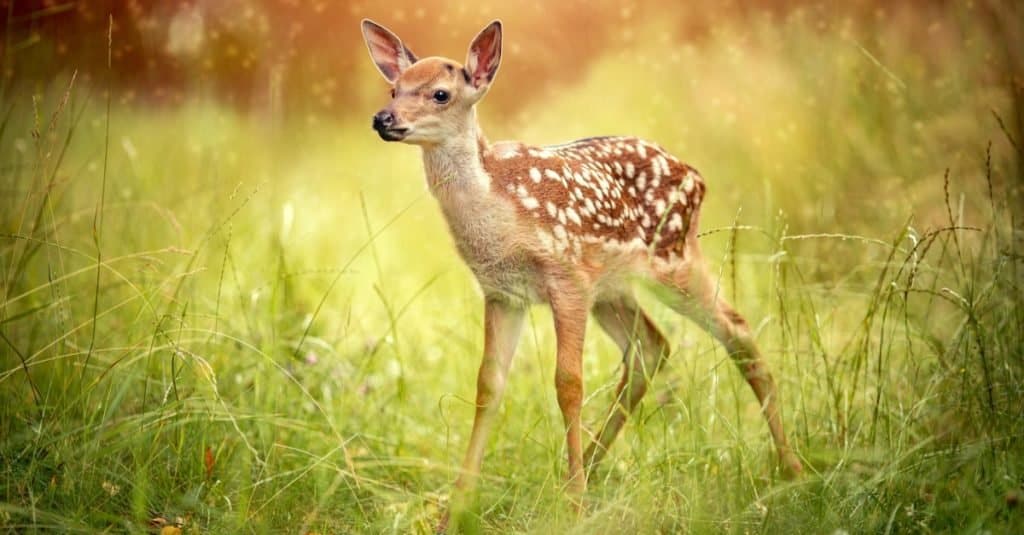
Persian fallow deer are a rare sight to see in Israel.
©gudfoto/Shutterstock.com
The rarest animals in Israel include the Eurasian otter, the Persian fallow deer, and the southern bald ibis. These animals are considered rare because their population numbers have been significantly reduced due to hunting and habitat destruction.
The Eurasian otter lives near rivers and streams and is often found in mountainous regions of northern Israel. They require a healthy aquatic environment with plenty of fish for food sources, so if their habitats become polluted or disturbed, these creatures will disappear from the area.
The Persian fallow deer is located mainly along the coast of Israel, where it can find shelter among trees and shrubs while also having access to grasslands for grazing on vegetation.
Finally, there is the southern bald ibis which resides primarily in semi-arid areas like those found in Eilat on the Red Sea Coast of Southern Israel. This species needs cliffs as nesting sites and is dependent upon nearby wetlands for feeding grounds, thus making them vulnerable to human development that disrupts this delicate ecosystem balance. All three of these unique species are considered endangered due to their limited habitats throughout Israel and could be lost forever without proper management initiatives being put into place soon enough.
Largest Animals of Israel
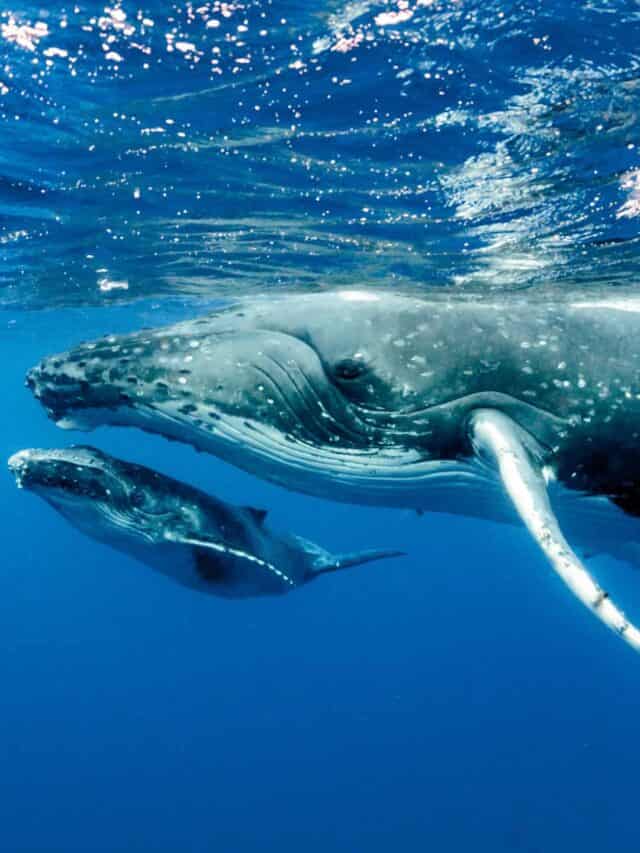
Humpback whales pass Israel during their migration and are an amazing site to see.
©Imagine Earth Photography/Shutterstock.com
Israel is home to some of the most majestic animals in the world. From camels to ibex, there are many large creatures living in Israel.
The largest animal that can be found in Israel is the Arabian Oryx, which can reach up to five feet tall and weigh up to 300 pounds! This species is well adapted for life in desert environments and can survive for long periods without water or food. They typically inhabit open plains with sparse vegetation but have been seen near mountains as well.
The second largest animal that lives in Israel is the Nubian Ibex. This type of wild goat reaches heights of three feet at their shoulder blades and weighs between 130 to 175 pounds when fully grown. They prefer mountainous areas with rocky terrain where they can climb easily, though they have also been spotted grazing on grassy hillsides too!
Finally, another impressive creature that visits Israel seasonally is the Humpback Whale! These massive marine mammals migrate through Israeli waters during winter months while searching for warm waters to mate and give birth before returning northward again come springtime. Although they don’t usually stay very long (they’re only visiting!), it’s still an amazing sight to see these gentle giants gracefully swimming off our coastlines!
Endangered Animals In Israel
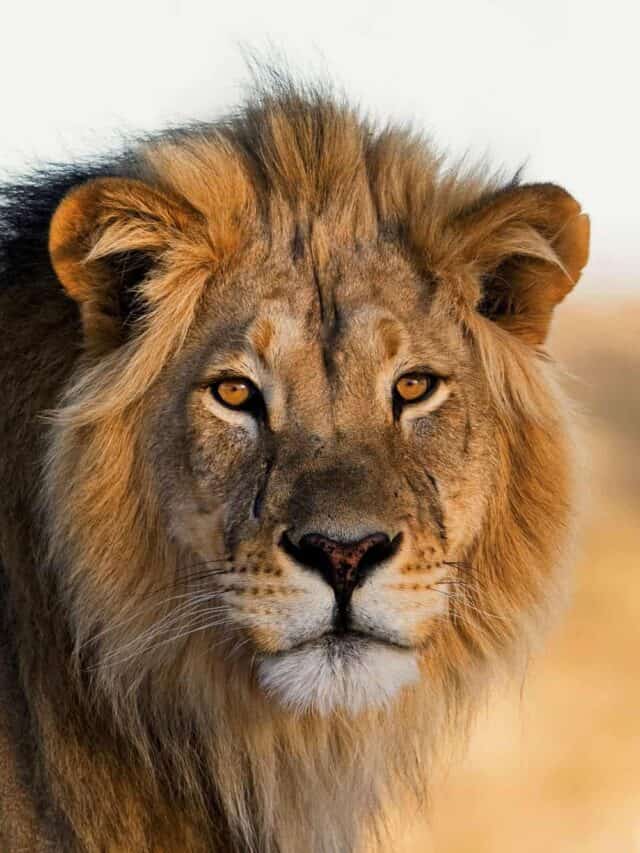
Lions are now extinct from Israel.
©iStock.com/SeymsBrugger
Animals in Israel are becoming increasingly endangered or extinct due to a variety of factors. One of the most prominent causes is habitat loss, which occurs when their natural environments are destroyed by human activities such as urbanization and agricultural expansion.
In addition, animals can become endangered if they are hunted and harvested too heavily for food or trade purposes, leading to population declines over time. Climate change also plays a role in species endangerment as it disrupts traditional habitats and alters existing environmental conditions that species have adapted to over years of evolution.
Finally, invasive species introduced by humans can directly compete with native species for resources, pushing them closer toward extinction if their populations drop low enough. All these issues point back to humans being responsible for the current state of affairs regarding animal endangerment in Israel. We must take responsibility for our actions and make conscious efforts going forward to preserve animal biodiversity within this region!
No lions or bears remain in Israel. Lions and bears have already become extinct, while other animals like the cheetah are gone for now from Israel. There are over 240 endangered animals in this country, including:
- Buxton’s Jird
- Dorcas gazelle
- Helix texta
- Hoogstraal’s cat snake
- Israel painted frog
- Mediterranean horseshoe bat
The Flag of Israel

The flag of Israel has important symbolic meaning.
©iStock.com/rvbox
The flag of Israel has a white background with a blue stripe at the top and bottom, with the Star of David at its center. The blue and white colors of the flag represent the relationship between God and the Jewish people and are the same colors found in the Jewish prayer shawl called the tallit. The Star of David is globally recognized as a symbol of Judaism.
The blue and white colors of the flag of Israel are powerful symbols for Jewish people around the world. They represent the relationship between God and the Jewish people, which is often referred to as “the covenant.” These same colors can be found in traditional Jewish prayer shawls called tallitot, which have been used since biblical times. The Star of David featured on this flag is one of the most recognizable symbols associated with Judaism today, having been adopted by Jews throughout history as an emblem representing their faith.
Israeli, Israelite Animals
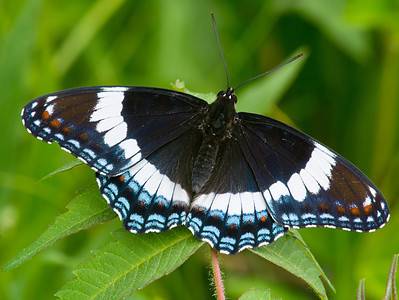
Admiral Butterfly
Stunningly beautiful wings

Ant
First evolved 100 million years ago!
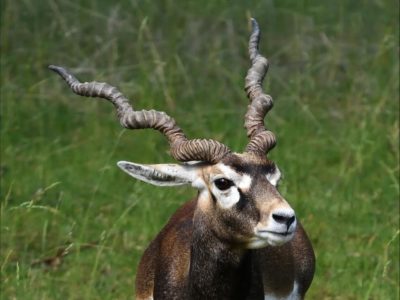
Antelope
Renew their horns every year!
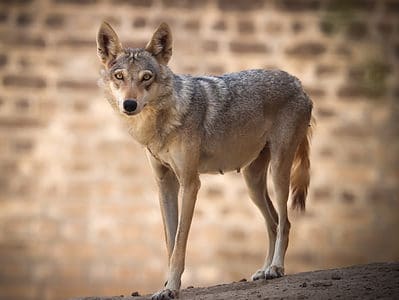
Arabian Wolf
Rare desert wolf

Armyworm
They are so named because they "march" in armies of worms from one crop to another in search of food
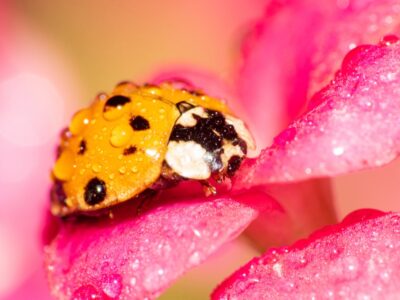
Asian Lady Beetle
Asian lady beetles infest indoor spaces, but they do not reproduce indoors.
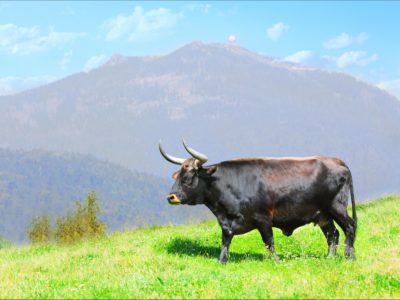
Aurochs
Extinct ancestor of all domesticated cattle!
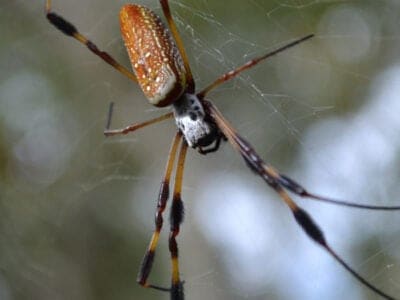
Banana Spider
People spin clothing and fishing nets out of these spiders’ silk.
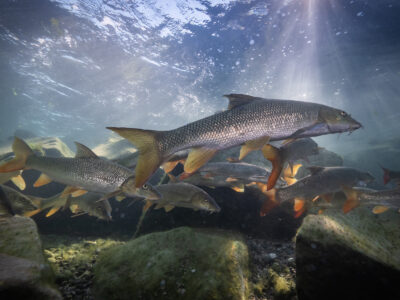
Barb
There are over 1768 known species!

Barn Owl
Found everywhere around the world!

Barn Swallow
Older offspring help care for new hatchlings.

Bat
Detects prey using echolocation!
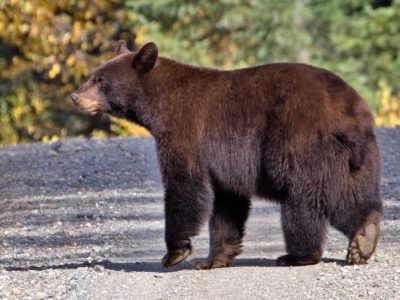
Bear
There are 8 different species!

Bed Bugs
Bed bugs feed for 4-12 minutes.

Bee
Rock paintings of bees date back 15,000 years

Beetle
There are more than 350,000 different species

Beewolf wasp
They hunt bees

Bird
Not all birds are able to fly!

Biscuit Beetle
The biscuit beetle form a symbiotic relationship with yeast

Black Widow Spider
They typically prey on insects!
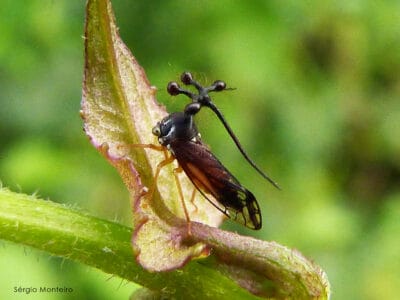
Brazilian Treehopper
“Mild-Mannered Minimonsters”

Brown Dog Tick
Can live its entire life indoors

Bumblebee
The most common species of bee!

Butterfly
There are thought to be up 17,500 species!

Camel
Can survive without water for 10 months!
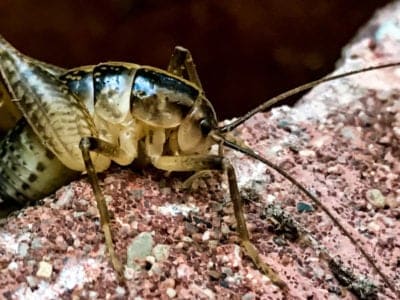
Camel Cricket
The camel crickets that are found in the USA are light brown in color. They also have dark streaks all over their body.
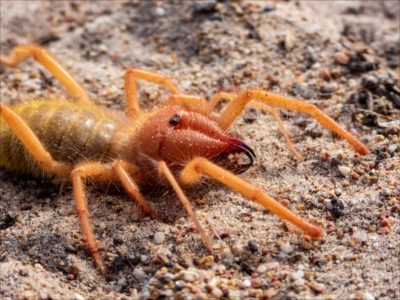
Camel Spider
Fast, carnivorous arachnid with a painful bite.
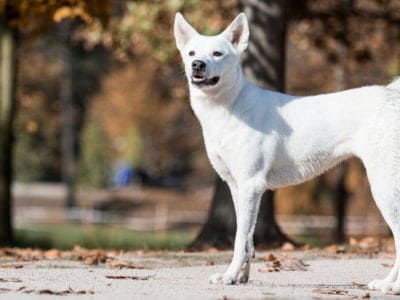
Canaan Dog
Has a strong survival instinct!
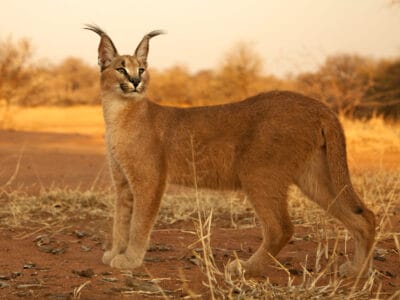
Caracal
Has 20 different muscles in it's ears!

Carpenter Ant
Carpenter ants can lift up to seven times their own weight with their teeth!

Carpet Viper
The Carpet Viper probably bites and kills more people than any other species of snake.

Cat
May have been domesticated up to 10,000 years ago.

Caterpillar
The larvae of a moth or butterfly!

Catfish
There are nearly 3,000 different species!

Centipede
There are about 3,000 documented species!
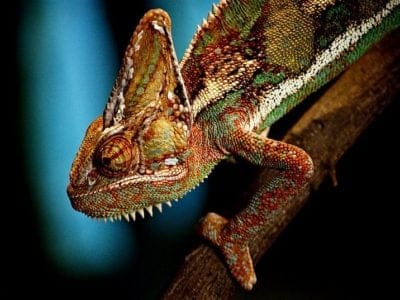
Chameleon
There are more than 160 different species!

Chicken
First domesticated more than 10,000 years ago!
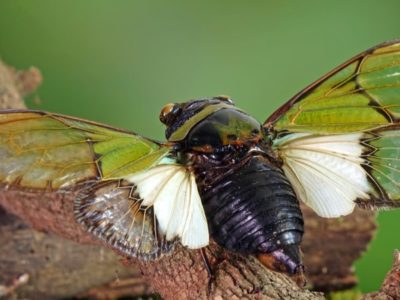
Cicada
Cicadas have one of the longest insect lifespans
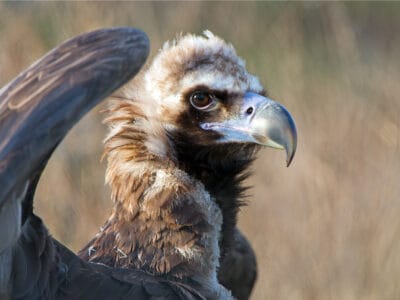
Cinereous Vulture
This vulture can fly at great heights. At least one was found a few thousand feet from the top of Mount Everest.

Cockroach
Dated to be around 300 million years old!

Codling Moth
Pupae are able to undergo diapause to survive poor fruit yield years and winter.
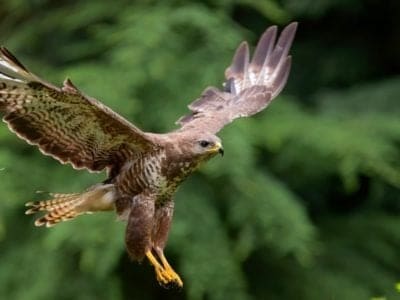
Common Buzzard
The most common raptor in the UK!

Common Furniture Beetle
The common furniture beetle feeds exclusively on wood

Common House Spider
House spiders have the ability to eat most insects in a home.

Common Raven
A group of ravens is called an unkindness or a conspiracy.

Cormorant
They can fly 35 mph and dive 150 feet below water.

Cow
There are nearly 1.5 billion worldwide!

Crab
There are 93 different crab groups

Crab Spider
Crab Spiders can mimic ants or bird droppings
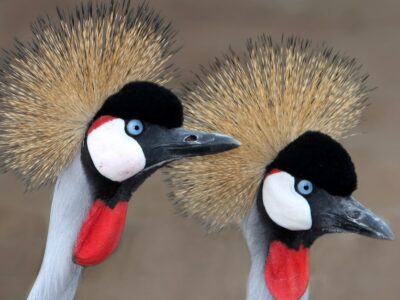
Crane
Many are critically endangered species!

Cricket
Male crickets can produce sounds by rubbing their wings together
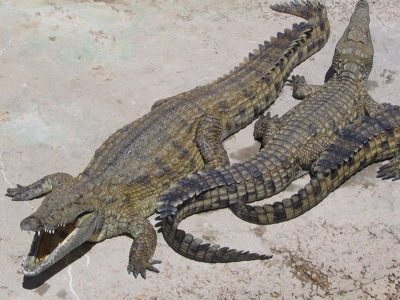
Crocodile
Have changed little in 200 million years!

Crow
A group of these birds is called a Murder.

Deer
There are around 40 different species!
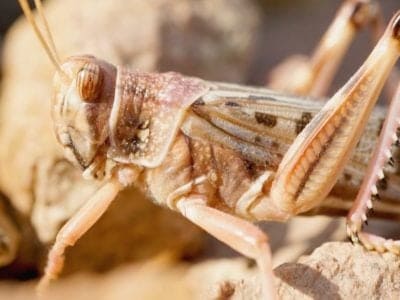
Desert Locust
Solitary locusts are grey while gregarious locusts are yellow with stripes.

Desert Wolf
These tiny wolves prefer to cohabitate in pairs or groups of three (generally two males and a female).

Dog
First domesticated in South-East Asia!

Dog Tick
Dog ticks feed on dogs and other mammals

Donkey
First domesticated 5,000 years ago!

Dragonfly
It's larvae are carnivorous!

Dried Fruit Moth
In the event of adverse environmental conditions, dried fruit moth larvae will become dormant and stop developing.

Duck
Rows of tiny plates line their teeth!

Dung Beetle
The dung beetle can push objects many times its own weight
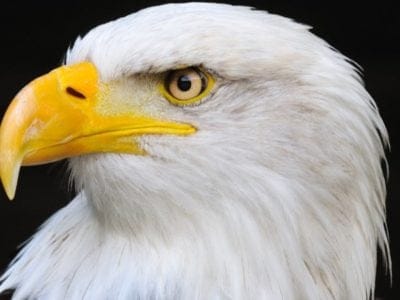
Eagle
Has exceptional eyesight!

Earthworm
They are hermaphrodites, which means they have male and female organs

Earwig
There are nearly 2,000 different species!

Eel
Eels can be a mere few inches long to 13 feet!

Egyptian Tortoise
The Egyptian tortoise is one of the smallest tortoise species in the world.
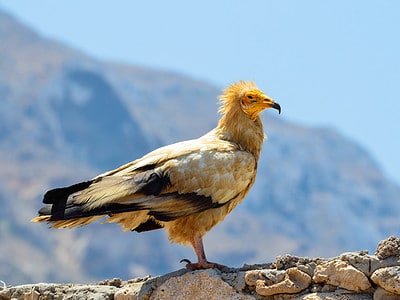
Egyptian Vulture
They steal large ostrich eggs and use rocks and pebbles to crack the shells.
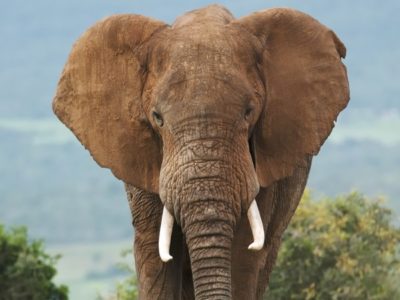
Elephant
Spends around 22 hours a day eating!
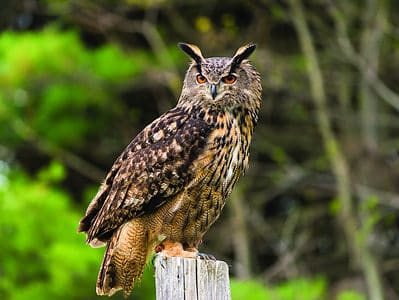
Eurasian Eagle-owl
The Eurasian Eagle-owl is the second largest owl in the world with a wingspan up to six feet!
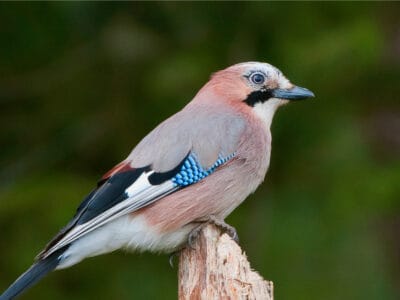
Eurasian Jay
The Eurasian jay has the ability to mimic other sounds
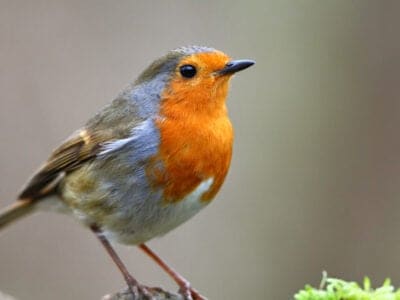
European Robin
Male robins are so aggressive and territorial that they will attack their own reflections.

Falcon
The fastest creatures on the planet!

False Widow Spider
False spiders actually prey on black widow spiders and other hazardous spiders
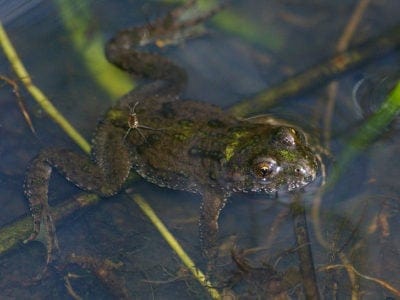
Fire-Bellied Toad
Found across mainland Europe and Asia!

Firefly
The firefly produces some of the most efficient light in the world

Flea
Adult fleas can jump up to 7 inches in the air

Fly
There are more than 240,000 different species!
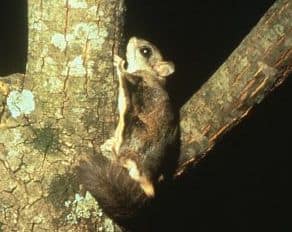
Flying Squirrel
Can glide up to 90 meters!
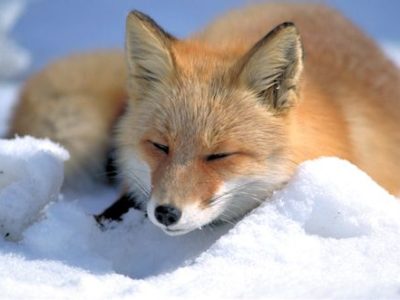
Fox
Only 12 species are considered "true foxes"

Frog
There are around 7,000 different species!

Fruit Fly
Fruit flies are among the most common research animals in the world
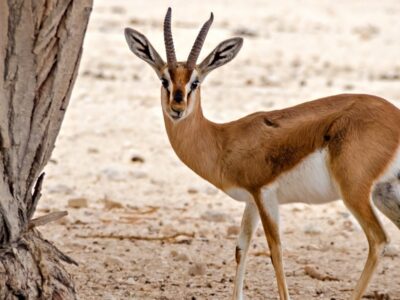
Gazelle
Named for the Arabic word for love poems
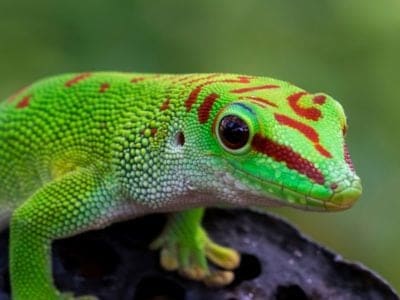
Gecko
There are thought to be over 2,000 species!
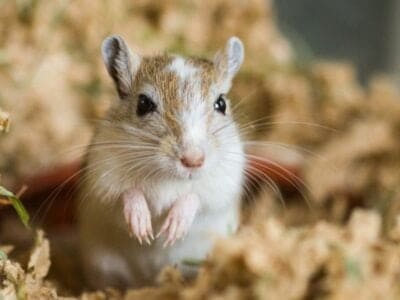
Gerbil
Originally known as the Desert Rat!

German Cockroach
The most common type of urban roach
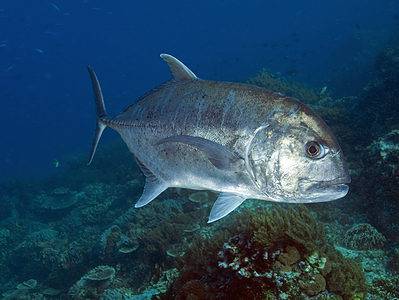
Giant Trevally
The largest fish in its genus
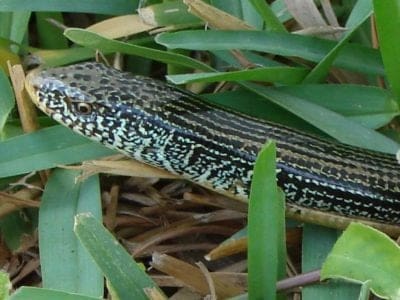
Glass Lizard
Can grow up to 4ft long!

Glowworm
Found inhabiting dense woodland and caves!

Gnat
Males form large mating swarms at dusk

Goat
Most closely related to the Sheep!
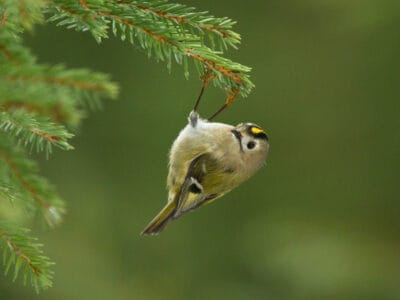
Goldcrest
The goldcrest never starts moving and needs to consume for most of the day to survive. Therefore, in the colder months, it's best that eat 90% a day.
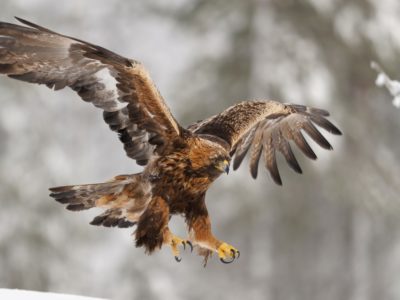
Golden Eagle
Their calls sound like high-pitched screams, but they are quiet most of the time.
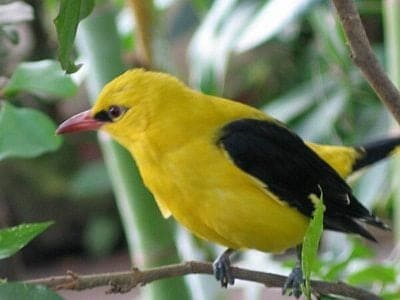
Golden Oriole
Migrates between Europe and Asia!
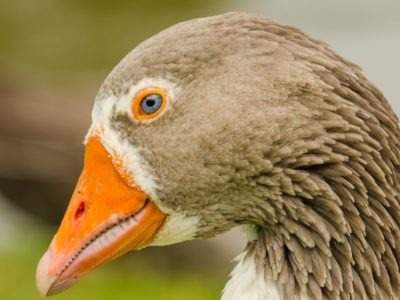
Goose
There are 29 different species!

Grasshopper
There are 11,000 known species!
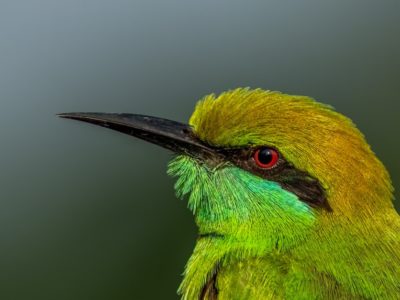
Green Bee-Eater
Mainly eats honeybees!
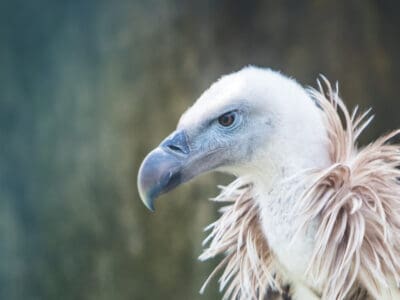
Griffon Vulture
Can spot a dead animal from thousands of feet away
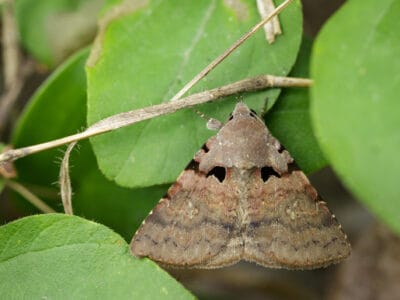
Gypsy Moth
One of the most invasive species in the world

Hamster
Able to run as quickly backwards as forwards!

Hare
Can reach speeds of over 50 mph!

Hawk Moth Caterpillar
Many hawk moth caterpillars eat toxins from plants, but don’t sequester them the way milkweed butterflies do. Most toxins are excreted.
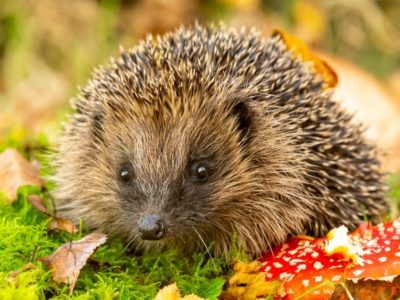
Hedgehog
Thought to be one of the oldest mammals on Earth!

Heron
Inhabits wetlands around the world!

Honey Bee
There are only 8 recognized species!
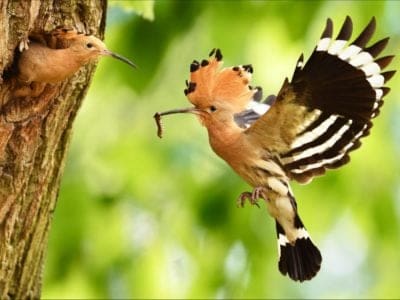
Hoopoe
Stunning bird with a stinky way to deter predators!

Horned Viper
Horned vipers sidewind across the desert sands of their home.

Horse
Has evolved over 50 million years!

Horsefly
Horseflies have been seen performing Immelmann turns, much like fighter jets.

Housefly
The fly has no teeth

Human
Thought to have orignated 200,000 years ago!
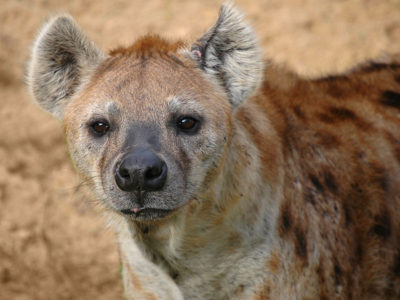
Hyena
There are four different species!
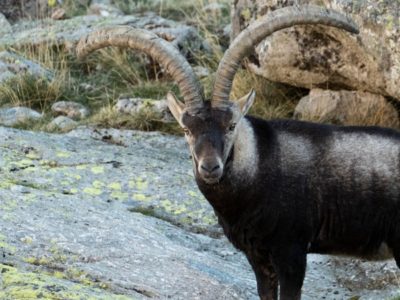
Ibex
Can jump over 6 feet straight up from a standstill

Ibis
Found in swamps, marshes and wetlands!

Insects
There are an estimated 30 million species!
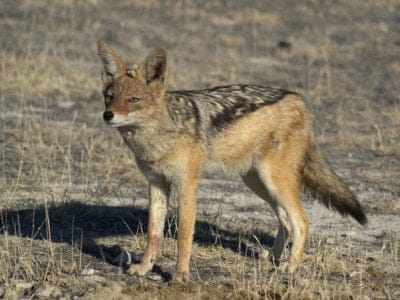
Jackal
Can maintain speeds of 16 km/h!
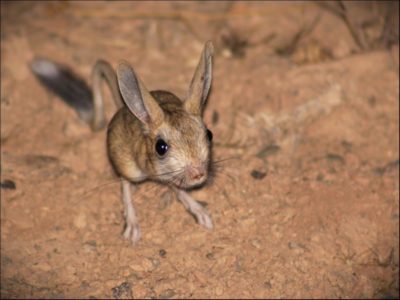
Jerboa
Tiny rodent with a kangaroo-like jump!

Jumping Spider
Some can jump 50 times the length of their bodies

Kingfisher
Inhabits wetlands and woodlands worldwide!

Ladybug
There are more than 5,000 species worldwide!

Leech
Has 10 pairs of eyes!

Liger
The offspring of a lion and tiger parents!
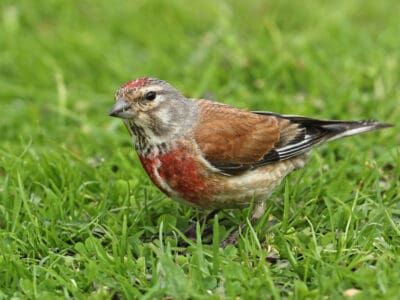
Linnet
While linnets are monogamous during mating season, they do not mate for life. While breeding pairs are together, the males are highly territorial and will defend the nesting site and the surrounding area.

Lizard
There are around 5,000 different species!

Locust
Each locust can eat its weight in plants each day.
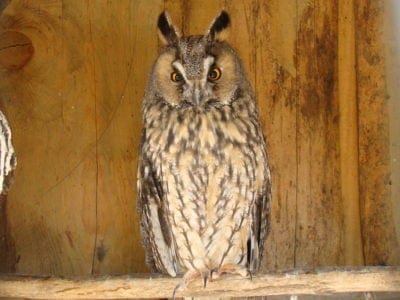
Long-Eared Owl
Ear tufts make it look bigger!
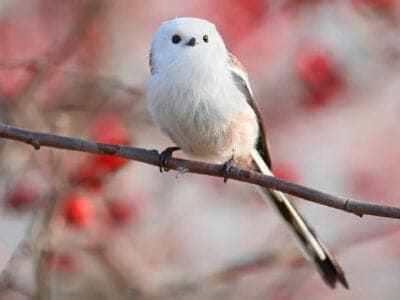
Long-Tailed Tit
Often hangs upside down while feeding!
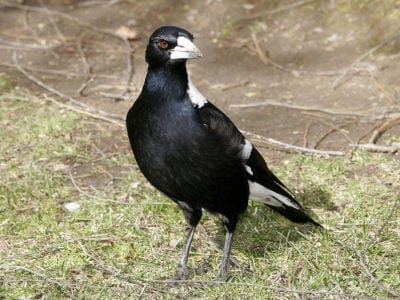
Magpie
They are found across Europe, Asia and Africa!

Mayfly
There are 2,500 known species worldwide!

Mealybug
They have a symbiotic relationship with ants.

Millipede
Some species have a poisonous bite!

Mole
Primarily hunts and feeds on Earthworms!

Mole Cricket
Adult Mole crickets may fly as far as 5 miles during mating season and are active most of the year.
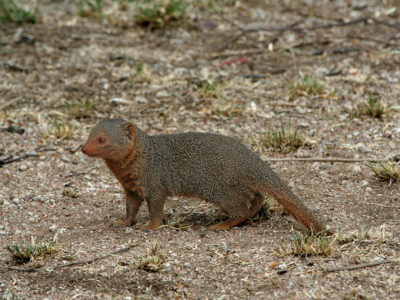
Mongoose
Range in size from just 1 to 3 foot!

Mongrel
Has characteristics of two or more breeds!
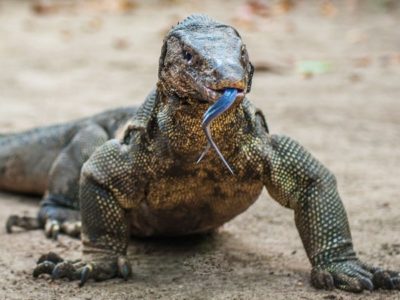
Monitor Lizard
Some species are thought to carry a weak venom!

Monkey
There are around 260 known species!

Moorhen
Feeds on aquatic insects and water-spiders!

Mosquito
Only the female mosquito actually sucks blood

Moth
There are 250,000 different species!

Mouse
Found on every continent on Earth!

Mule
The offspring of a horse and donkey parents!

Neanderthal
Roamed Asia and Europe for around 100,000 years!

Nematode
Nematodes range in size from 1/10 of an inch to 28 feet long
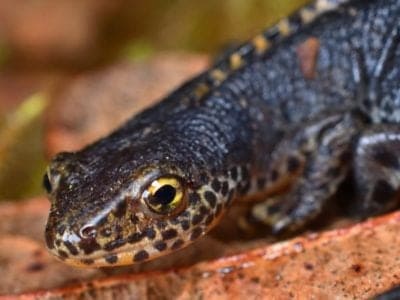
Newt
Able to regrow lost or damaged limbs!

Nightingale
Named more than 1,000 years ago!

No See Ums
There are more than 5,000 species.

Onager
An onager's coat changes color with the season.

Orb Weaver
Females are about four times the size of males
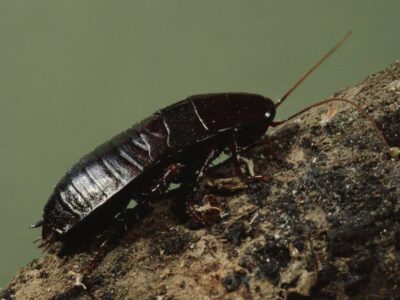
Oriental Cockroach
Unlike other cockroach species that live indoors living off humans, oriental cockroaches are outdoor scavengers.
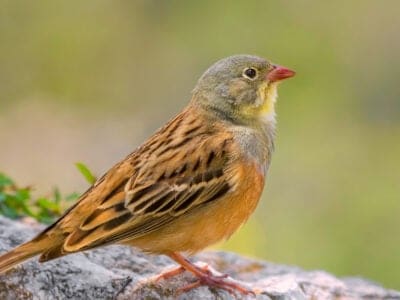
Ortolan Bunting
The tradition of hiding your face with a napkin or towel while eating this bird was begun by a priest who was a friend of the great French gastronome Jean Anthelme Brillat-Savarin.

Osprey
They reuse nesting sites for 70 years!

Otter
There are 13 different species worldwide

Owl
The owl can rotate its head some 270 degrees
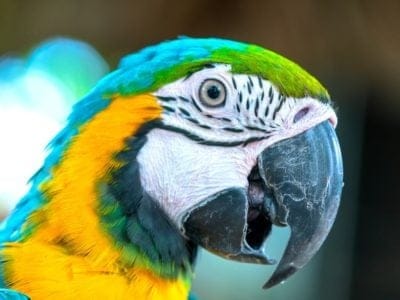
Parrot
Can live for up to 100 years!

Peregrine Falcon
Fastest animal on Earth

Pheasant
Females lay between 8 and 12 eggs per clutch!
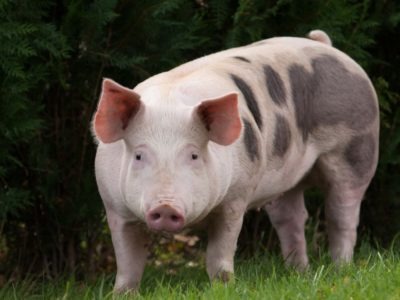
Pig
Thought to have been domesticated in 9,000 BC!

Pigeon
They can find their way back to their nests from up to 1300 miles away.
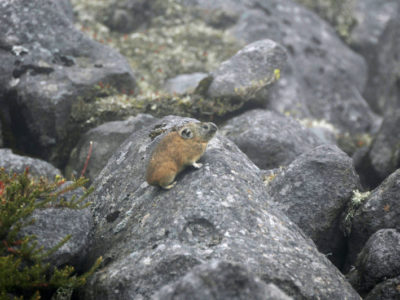
Pika
Found in mountainous regions and rocky areas
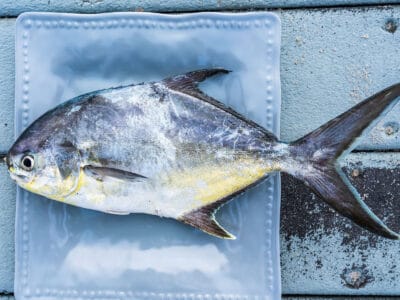
Pompano Fish
They are bottom-feeders

Pond Skater
There are 500 different species!
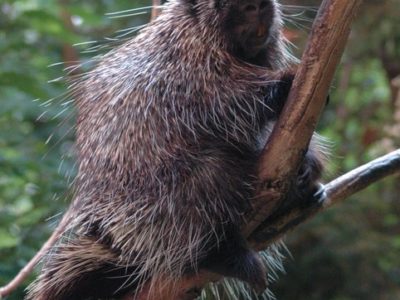
Porcupine
There are 30 different species worldwide!
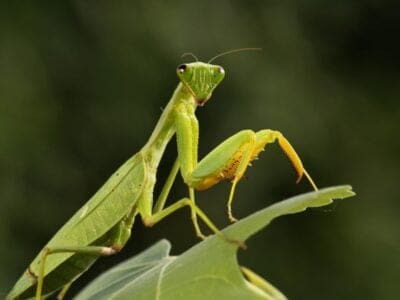
Praying Mantis
The mantis can turn its head 180 degrees.

Quail
Inhabits woodland and forest areas worldwide!
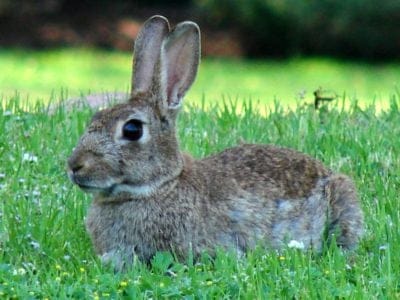
Rabbit
There are more than 300 different species!

Rat
Omnivores that eat anything!
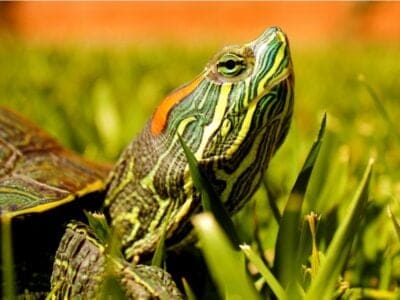
Red-Eared Slider
Sliders spend lots of time basking in the sun. As cold-blooded animals, they need the sun to heat up.
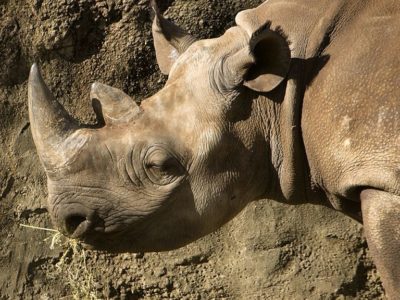
Rhinoceros
It's horns are made from keratin!

River Turtle
Inhabits freshwater habitats around the world!
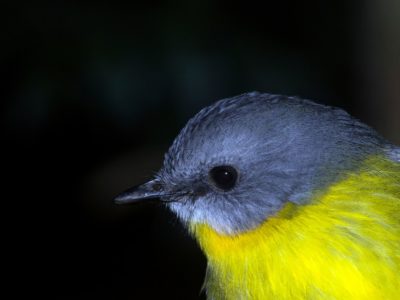
Robin
There are more than 45 species in Australia alone!

Rodents
The capybara, the world’s largest rodent, likes to be in and around bodies of water. Because of this, the Catholic Church in South America decided that it was a fish, and people were allowed to eat it during Lent and First Fridays.

Rooster
Will mate with the entire flock!

Sable Ferret
Ferrets were used during the Revolutionary War to keep down the rat population.
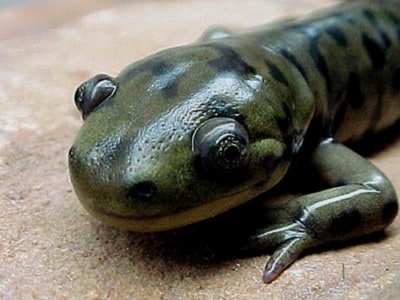
Salamander
There are more than 700 different species!
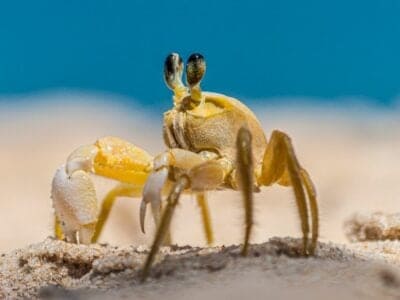
Sand Crab
The sand crab burrows beneath the sand with its tail
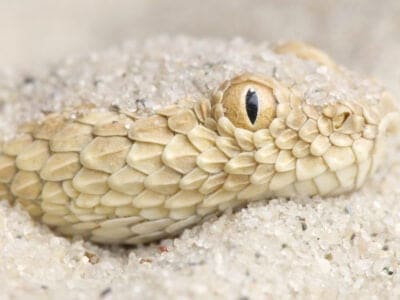
Sand Viper
Sand vipers are nuisance snakes in some areas.

Scorpion
There are around 2,000 known species!

Sea Eagle
The sea eagle tends to mate for life with a single partner

Seahorse
Males give birth to up to 1,000 offspring!

Sheep
Around 35 million in the English countryside!
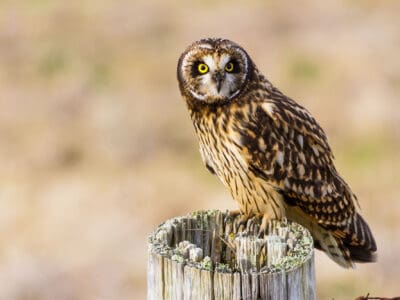
Short-Eared Owl
The short-eared owl is one of the most widespread owl species in the world, covering five continents.

Shrew
The spinal column of the shrew Scutisorex somereni is so strong and reinforced that it can support the weight of an adult human.

Shrimp
There are 2,000 different species worldwide!

Skink Lizard
Some skinks lay eggs in some habitats while giving birth to skinklets in other habitats.
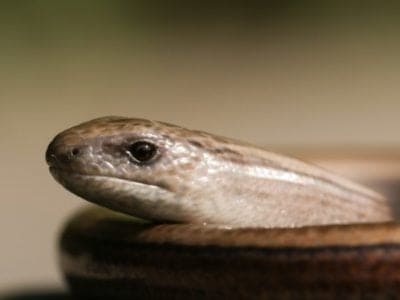
Slow Worm
Found widely throughout British gardens!

Slug
They glide around on one foot, which is aided by the slime they produce

Smokybrown Cockroach
Has up to 45 eggs per egg case

Snail
There are nearly 1,000 different species!

Snake
There are around 4,000 known species worldwide
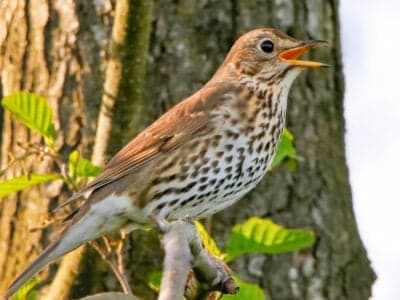
Song Thrush
A male song thrush can have over 100 phrases in his repertoire of songs and can imitate pet birds, telephones and other man-made objects.

Sparrow
There are 140 different species!

Spider Wasp
They prey on spiders to feed their larvae or they parasitize other spider wasps.

Squirrel
Small rodents found in woodlands worldwide!

Stick Insect
There are more than 3,000 different species!
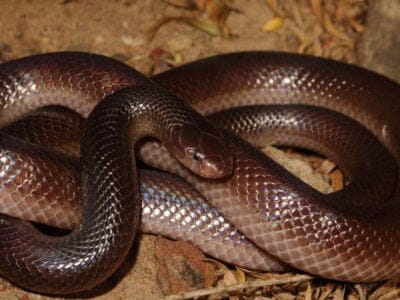
Stiletto Snake
Because of their unique venom delivery system, stiletto snakes are almost impossible to hold safely in the usual way (with fingers behind the head) without being bitten.
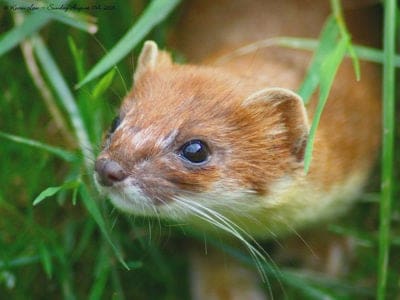
Stoat
Average adults weigh about 200 grams!

Stork
They can’t sing like other birds.
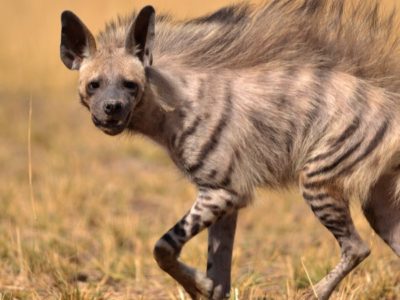
Striped Hyena
The striped hyenas usually mark their territories with the help of the scent gland secretions from their anal pouch.

Swan
Populations have been affected by pollution!

Tarantula Hawk
Tarantula hawks are excellent pollinators, especially for milkweed.

Termite
Their mounds can be up to 9 meters tall!
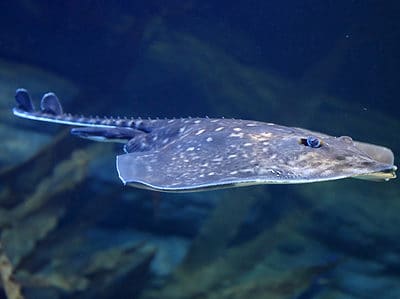
Thornback Ray
The skate with the biggest spines!

Thrush
The American robin is called the robin because its red breast reminded European settlers of the robin back in the old country.

Tick
They inject hosts with a chemical that stops them from feeling the pain of the bite

Tiger Beetle
The adult tiger beetle is one of the fastest land insects in the world

Tortoise
Can live until they are more than 150 years old!

Tree Frog
Found in warmer jungles and forests!

Turtles
Some species of aquatic turtles can get up to 70 percent of their oxygen through their butt.
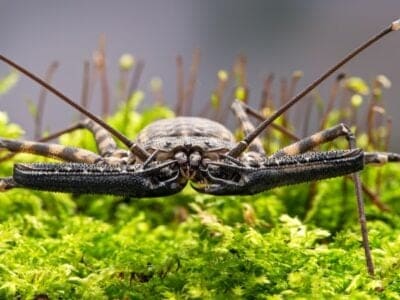
Vinegaroon
Vinegaroons can spray 19 times before the glands are depleted
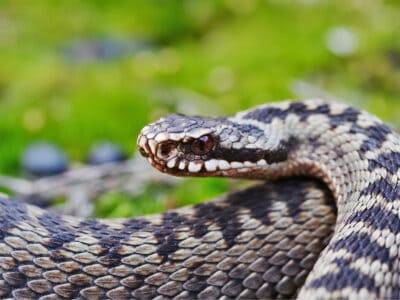
Viper
Vipers are one of the most widespread groups of snakes and inhabit most

Vulture
There are 30 different species worldwide!

Wasp
There are around 75,000 recognised species!
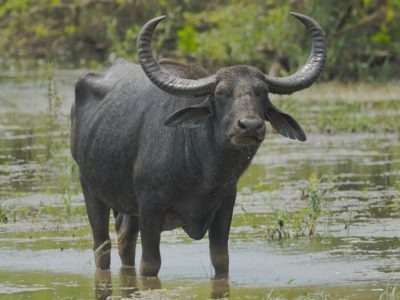
Water Buffalo
Has been domesticated for thousands of years!
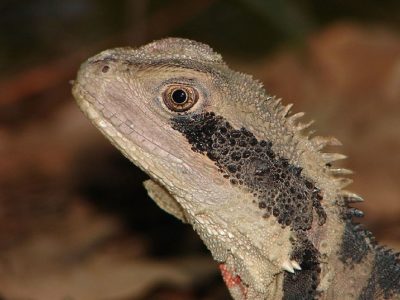
Water Dragon
Spends most of it's time in the trees!

Weasel
The smallest carnivorous mammal in the world!

White Ferret / Albino Ferrets
There are two different types of white ferrets!
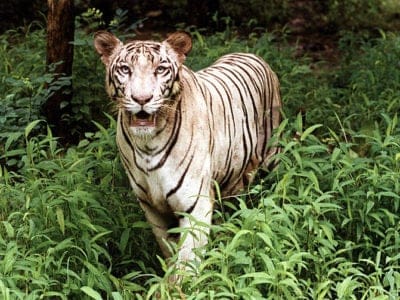
White Tiger
None have been seen in the wild for 50 years!
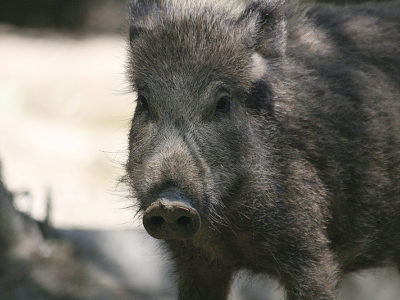
Wild Boar
Males have a top tusk to sharpen the bottom one!
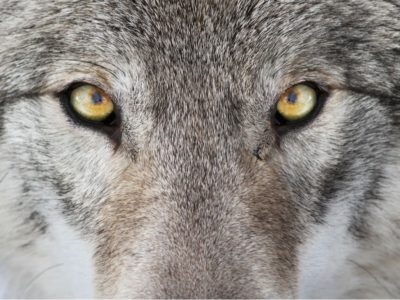
Wolf
Thought to date back more than 300,000 years!

Wolf Spider
Carnivorous arachnid that hunts its prey.

Woodlouse
This animal can roll up into a ball
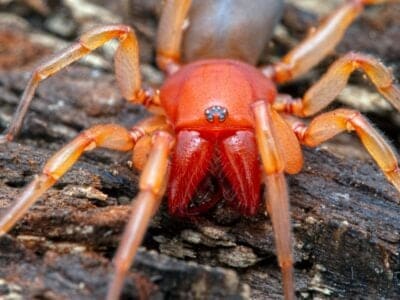
Woodlouse Spider
Unlike most spiders, woodlouse spiders don’t build a web.

Woodpecker
There are 200 different species!

Worm
Doesn’t have eyes.
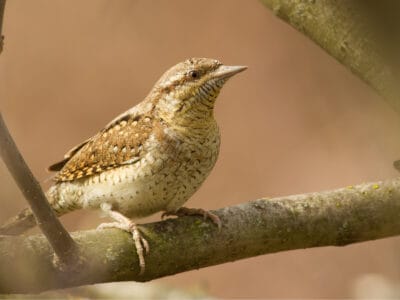
Wryneck
They feign death by making their bodies limp and closing their eyes.
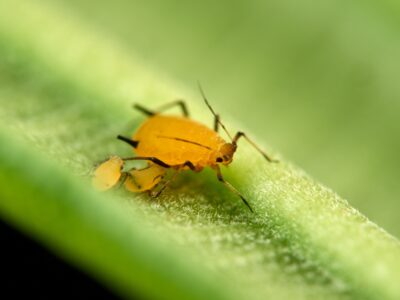
Yellow Aphids
These aphids are primarily wingless; however, once the infestation on their host gets too crowded, they develop wings, allowing them to fly to a new host plant.
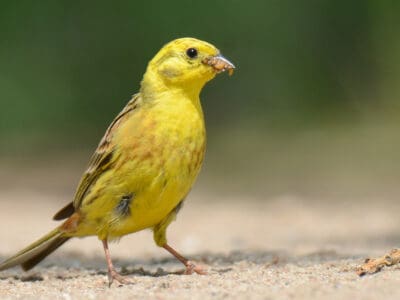
Yellowhammer
It interbreeds with the pine bunting

Zebu
There are around 75 different species!
Israeli, Israelite Animals List
- Admiral Butterfly
- Ant
- Antelope
- Arabian Wolf
- Armyworm
- Asian Lady Beetle
- Aurochs
- Banana Spider
- Barb
- Barn Owl
- Barn Swallow
- Bat
- Bear
- Bed Bugs
- Bee
- Beetle
- Beewolf wasp
- Bird
- Biscuit Beetle
- Black Widow Spider
- Brazilian Treehopper
- Brown Dog Tick
- Bumblebee
- Butterfly
- Camel
- Camel Cricket
- Camel Spider
- Canaan Dog
- Caracal
- Carpenter Ant
- Carpet Viper
- Cat
- Caterpillar
- Catfish
- Centipede
- Chameleon
- Chicken
- Cicada
- Cinereous Vulture
- Cockroach
- Codling Moth
- Common Buzzard
- Common Furniture Beetle
- Common House Spider
- Common Raven
- Cormorant
- Cow
- Crab
- Crab Spider
- Crane
- Cricket
- Crocodile
- Crow
- Cuckoo
- Deer
- Desert Locust
- Desert Wolf
- Dog
- Dog Tick
- Donkey
- Dormouse
- Dragonfly
- Dried Fruit Moth
- Duck
- Dung Beetle
- Eagle
- Earthworm
- Earwig
- Eel
- Egyptian Tortoise
- Egyptian Vulture
- Elephant
- Eurasian Eagle-owl
- Eurasian Jay
- European Robin
- Falcon
- False Widow Spider
- Fire-Bellied Toad
- Firefly
- Flea
- Fly
- Flying Squirrel
- Fox
- Frog
- Fruit Fly
- Gazelle
- Gecko
- Gerbil
- German Cockroach
- Giant Trevally
- Glass Lizard
- Glowworm
- Gnat
- Goat
- Goldcrest
- Golden Eagle
- Golden Oriole
- Goose
- Grasshopper
- Green Bee-Eater
- Griffon Vulture
- Gypsy Moth
- Hamster
- Hare
- Hawk Moth Caterpillar
- Hedgehog
- Heron
- Honey Bee
- Hoopoe
- Horned Viper
- Horse
- Horsefly
- Housefly
- Human
- Hyena
- Ibex
- Ibis
- Insects
- Jackal
- Jerboa
- Jumping Spider
- Kingfisher
- Ladybug
- Leech
- Liger
- Linnet
- Lizard
- Locust
- Long-Eared Owl
- Long-Tailed Tit
- Magpie
- Mayfly
- Mealybug
- Millipede
- Mole
- Mole Cricket
- Mongoose
- Mongrel
- Monitor Lizard
- Monkey
- Moorhen
- Mosquito
- Moth
- Mouse
- Mule
- Neanderthal
- Nematode
- Newt
- Nightingale
- No See Ums
- Onager
- Orb Weaver
- Oriental Cockroach
- Ortolan Bunting
- Osprey
- Otter
- Owl
- Ox
- Pantaloon Bee
- Parrot
- Peregrine Falcon
- Pheasant
- Pig
- Pigeon
- Pika
- Pompano Fish
- Pond Skater
- Porcupine
- Praying Mantis
- Quail
- Rabbit
- Rat
- Red-Eared Slider
- Rhinoceros
- River Turtle
- Robin
- Rodents
- Rooster
- Sable Ferret
- Salamander
- Sand Crab
- Sand Viper
- Scorpion
- Sea Eagle
- Seahorse
- Sheep
- Short-Eared Owl
- Shrew
- Shrimp
- Skink Lizard
- Slow Worm
- Slug
- Smokybrown Cockroach
- Snail
- Snake
- Song Thrush
- Sparrow
- Spider Wasp
- Squirrel
- Stick Insect
- Stiletto Snake
- Stoat
- Stork
- Striped Hyena
- Swallowtail Butterfly
- Swan
- Tarantula Hawk
- Termite
- Thornback Ray
- Thrush
- Tick
- Tiger Beetle
- Tortoise
- Tree Frog
- Turtles
- Vinegaroon
- Viper
- Vulture
- Wasp
- Water Buffalo
- Water Dragon
- Weasel
- White Ferret / Albino Ferrets
- White Tiger
- Wild Boar
- Wolf
- Wolf Spider
- Woodlouse
- Woodlouse Spider
- Woodpecker
- Worm
- Wryneck
- Yellow Aphids
- Yellowhammer
- Zebu





